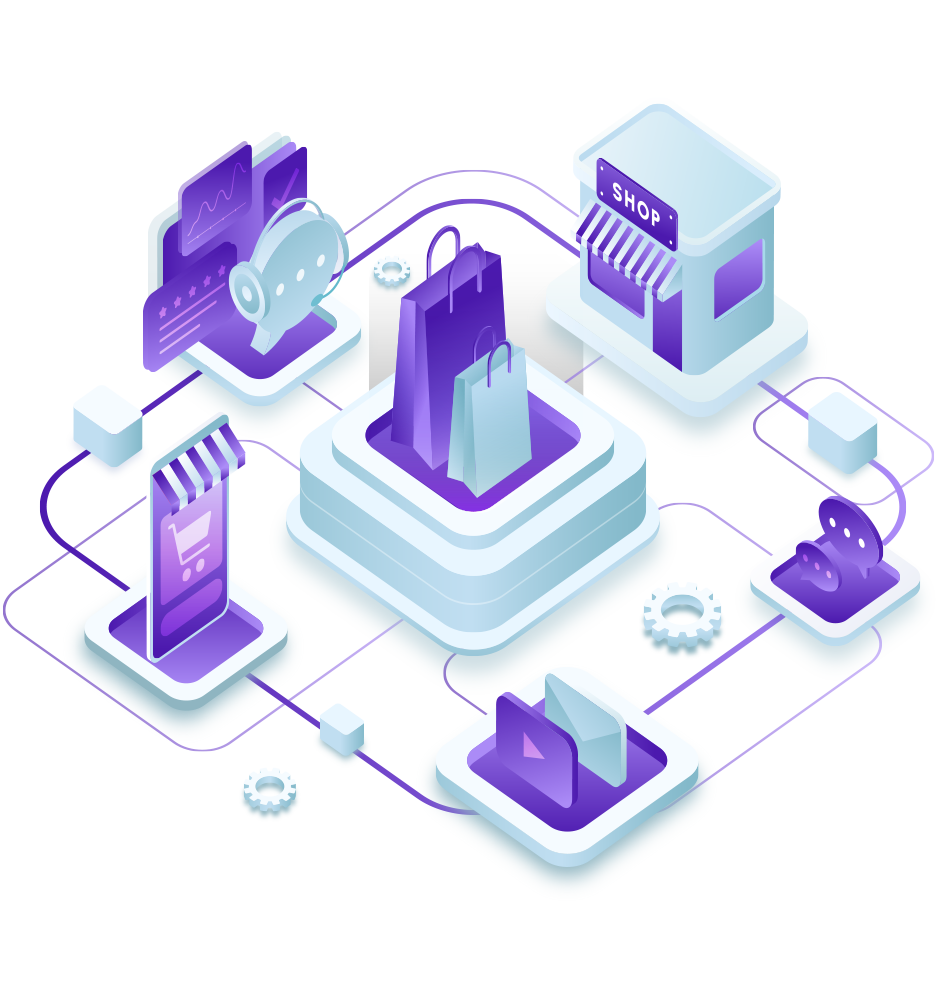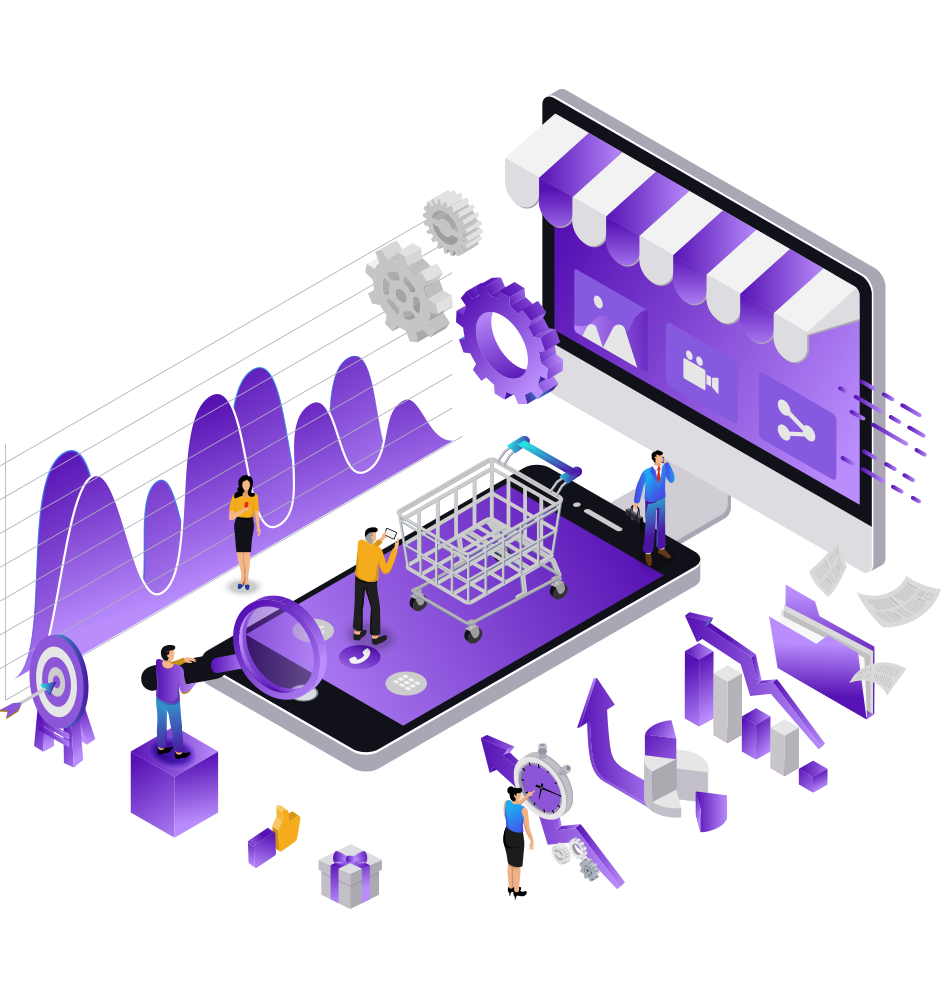Learn How To
Simplify the World of Online Business
Are you ready to begin your journey into the exciting world of e-commerce? You’ve come to the right place! We’re here to demystify the online business world, making it accessible and understandable for everyone.



In the rapidly evolving world of retail, e-commerce has emerged as a pivotal force, reshaping the way we shop and conduct business. This transformative digital commerce landscape offers both challenges and unparalleled opportunities for businesses of all sizes, from global giants to small and medium enterprises (SMEs). The essence of e-commerce lies in its ability to facilitate the buying and selling of goods and services online, presenting a vast realm of possibilities for enhancing customer reach and boosting profitability.

